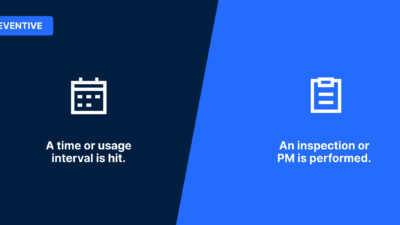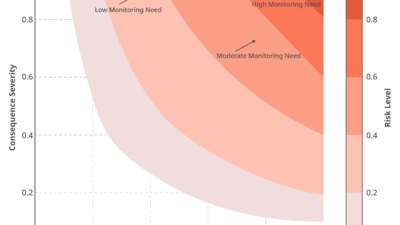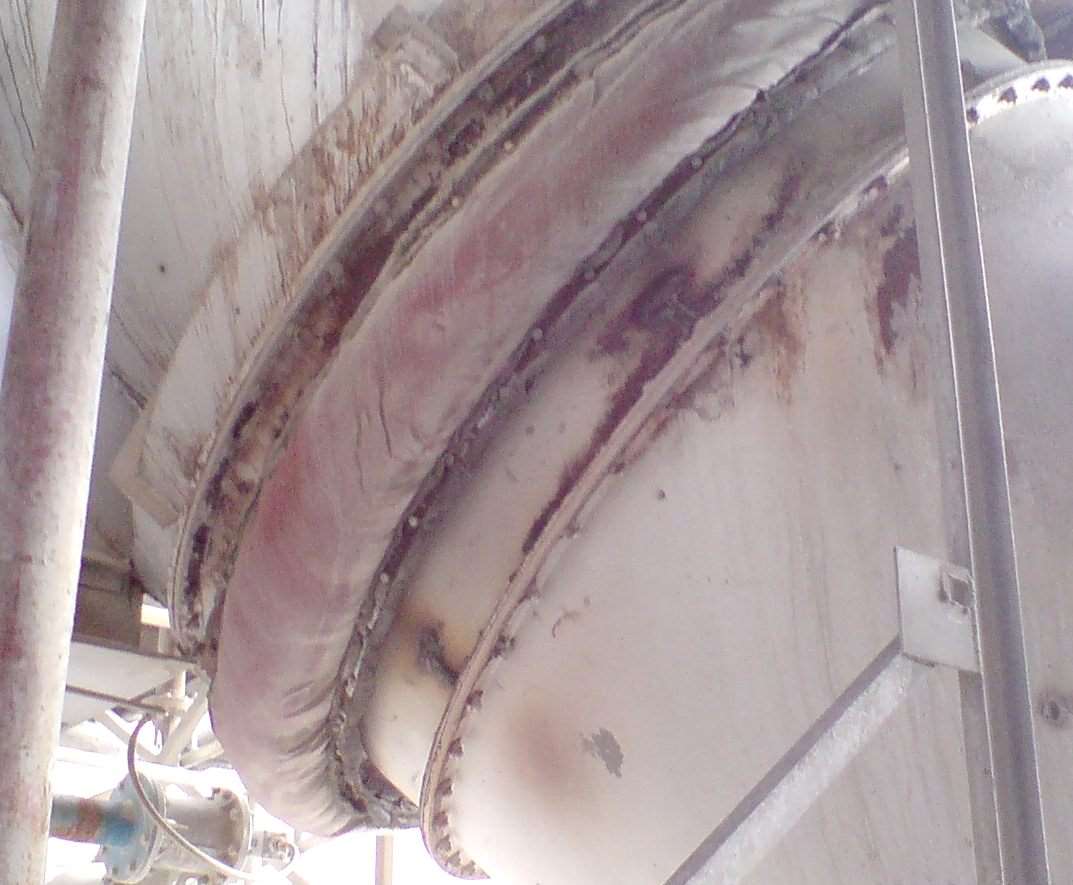Plan, think and manage your way to a better KPI process in the new year.

1. Spend time planning for KPI implementation
Decide who needs to know about the metric or indicator and what they need to know. Who is affected and who can affect the KPI. Communicate the intent of the metric in a way that can be easily understood.
2. Think about unintentional consequences
Understand what your metric drives. Does it require a second metric to ensure that it does not drive a bad behavior?
3. Limit your focus to 10 indicators or metrics or less at each level of the organization
Even if you track many indicators in your EAM/CMMS the focus needs to be on a short list. It is OK to have a list of focus KPIs and monitor KPIs. Focus on your key performance indicators and ensure organizational understanding. Monitor your results with the common indicators. Here is a link to more information on this topic.
4. Manage behaviors, measure results
You must identify the behaviors that you want to change and address them directly with that portion of the organization. Ensure that your indicators align directly to those organizational changes.
5. Cascade indicators down from corporate goals
If your primary indicators do not align and support the corporate objective then you will have organizational confusion. The process works best if indicators are developed from the top down.
6. Leading verses lagging indicators
You don’t drive your car using just your rear view mirror. Use indicators that tell you more than just what you have done. They should help you understand what you can expect in the future.
7. Use your metrics to ensure the truth
Many of the indicators have corresponding indicators that work in a checks and balance fashion. This allows you to use one indicator and then if there is a question about the validity of the number you can check with the other indicators.
8. Have metrics that both operations and maintenance share accountability for
Consider not building or reinforce organizational silos. Try to select indicators that both operations and maintenance and others affect and share them as part of their performance reviews.
9. Understand the components that make up the metric
Many organizational struggles are over both metrics definitions and the data that is used to calculate them. Create or use an existing KPI standard and document the data sources. You can find the SMRP Metric Compendium here.
10. KPI’s are not forever
Change the metrics you focus on as your business goals change or as you notice that the change in behavior that you are measuring has been completed and has become the new way the organizations works.
Two Bonus Thoughts:
-
Balanced score cards can help in understanding your organization.
-
Do not compare what is not the same. Indicators cannot be bench marked well with other facilities if they are not calculated the same way.



